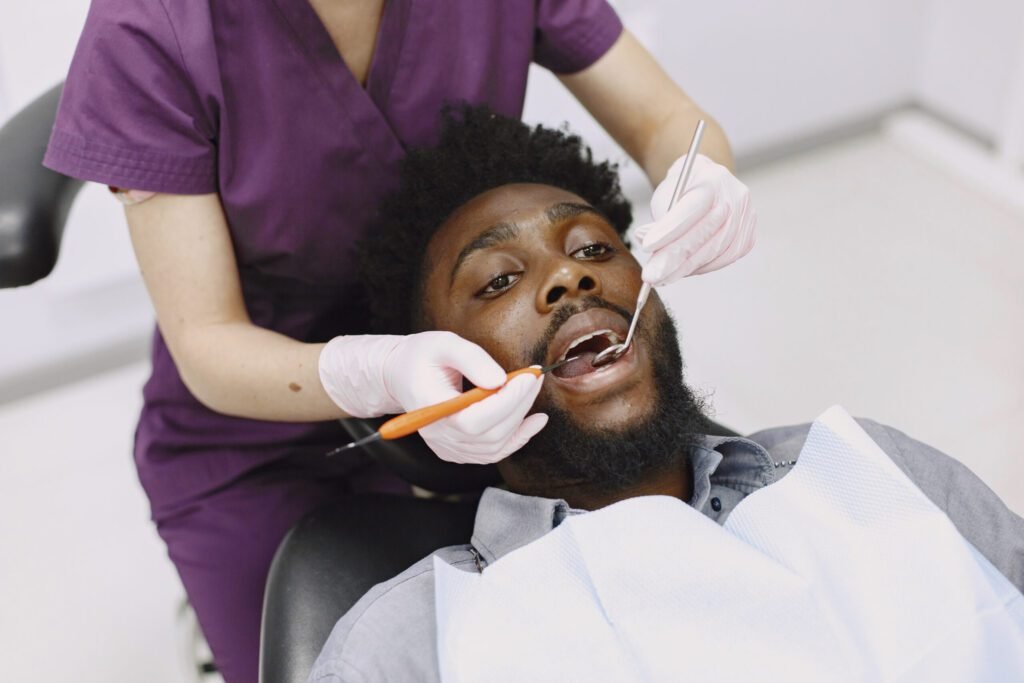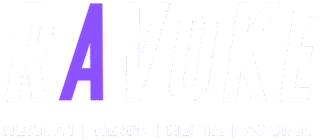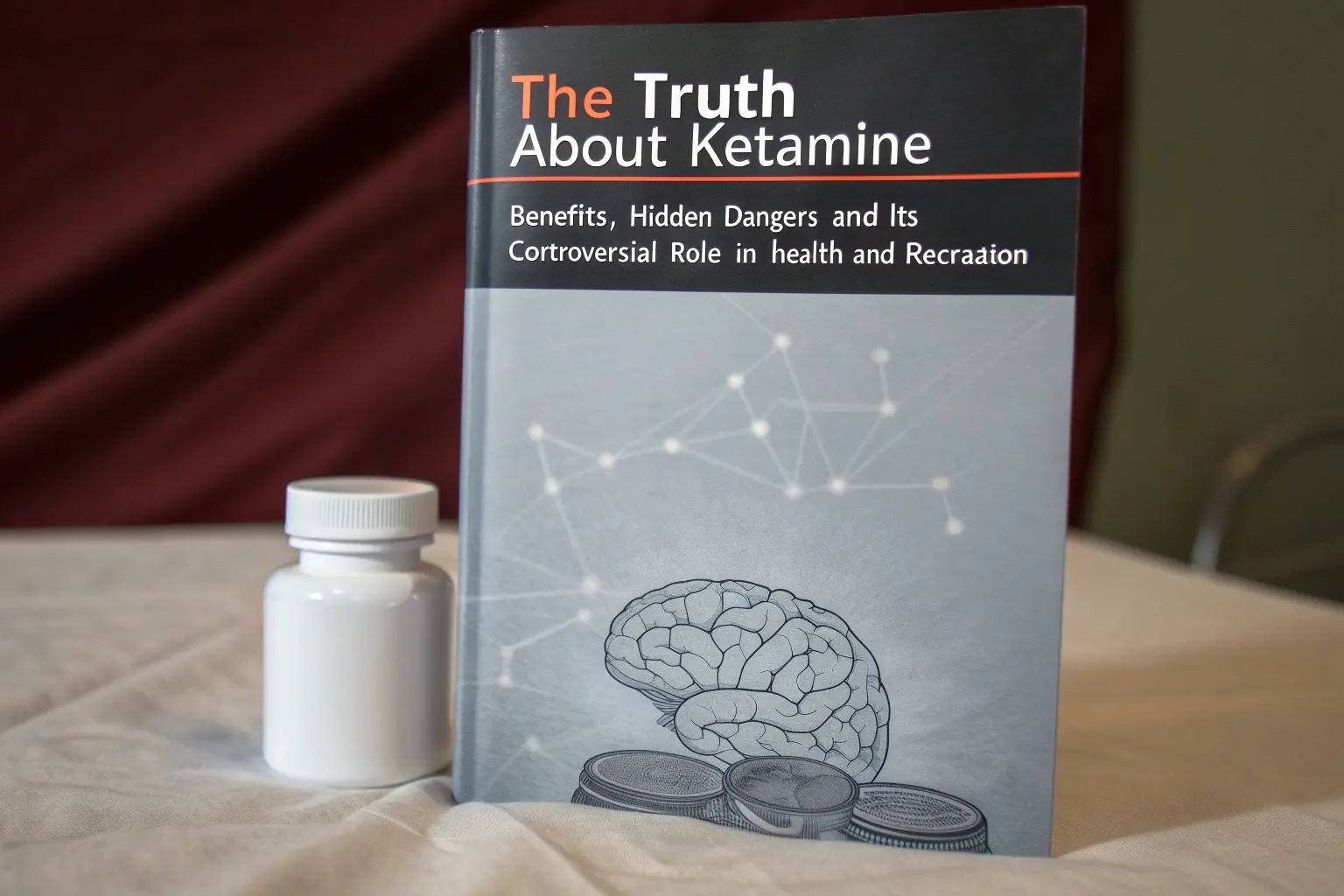When Dental Insurance Feels Like No Insurance at All
Decades ago, I worked as a social worker in a federal health clinic that offered both medical and dental care. What I witnessed there has never left me. Veterans who

Decades ago, I worked as a social worker in a federal health clinic that offered both medical and dental care. What I witnessed there has never left me.
Veterans who had served their country. Former public servants who had dedicated their lives to others. Parents who worked two jobs and still could not afford preventive dental visits. They were told no when they asked for something as simple as a six-month cleaning or exam. By the time they sat in the chair, prevention was no longer an option. Extraction was all that remained.
I saw teeth removed not because people neglected themselves, but because the system neglected them. Every extraction felt like a silent indictment of a healthcare model that separated the mouth from the rest of the body.
Years later, when my own dental bill arrived—despite having insurance—I felt that same disconnect all
over again. I paid it, because my health is worth it. But I could not shake the thought: how many people
never even make it this far?
The Forgotten Gateway to Health
The mouth is the body’s front door. Everything we eat, drink, or breathe passes through it. Inflammation
in the gums is inflammation in the bloodstream. Infections in the teeth can spread to the heart and
beyond.
The science is clear. Research shows that periodontal disease is linked to diabetes, heart disease,
stroke, and Alzheimer’s disease. A 2021 study found that people with gum disease were nearly twice
as likely to suffer cardiovascular events. Other research connects oral bacteria to colorectal and
pancreatic cancers.
Yet, our healthcare system continues to operate as if oral health and overall health belong on different
planets.
The Coverage Divide
Dental coverage in the United States remains fragmented and inadequate:
- Only 77 percent of adults ages 19 to 64 have dental insurance.
- Nearly half of Medicare recipients—many of them seniors most in need—have no coverage at all.
- Medicaid dental benefits vary widely by state, with many covering emergencies only.
- Employer-based plans often come with high deductibles and annual maximums, meaning one crown or root canal can wipe out the yearly benefit.
The result is predictable. Preventive care gets skipped. Dental emergencies multiply. Families turn to emergency rooms for infections that could have been prevented at a fraction of the cost.
Why Oral Health Becomes a Luxury
In my work with families, I have seen the impossible choices they face. A mother delayed her own visits so her children could be seen. A senior used pliers in his garage to pull a tooth because he could not afford extraction. A teenager missed weeks of school due to pain, his absences marked as truancy when the real issue was untreated decay.
These are not unusual stories. They are the logical result of a system that frames dental care as
cosmetic rather than essential.
When oral health is left out of the conversation, we are not just neglecting smiles. We are neglecting
nutrition, speech, employability, dignity, and longevity.
Read About Floss:
What Skipping the Floss Could Be Doing to Your Whole Body
Historical Blind Spots
The divide between medicine and dentistry is rooted in the nineteenth century, when dental schools developed separately from medical schools. Over time, the split hardened into parallel professions with little overlap. Insurance systems, electronic records, and provider training followed that divide.
Today, the consequences remain. Patients are caught in a structure where oral health is marginalized—even though science shows it is integral to overall health.

The Convergence Era
Experts now call for a “convergence era,” where oral health and systemic health are fully integrated.
What would this look like?
Medical and dental records connected in a single system. – Physicians trained to recognize oral health conditions, and dentists trained to consider systemic disease. – Hospitals and clinics co locating dental services alongside primary care. – Medicare and Medicaid treating oral health as essential, not optional.
Preventive care incentivized as a cost-saving measure and a public health priority. Pilot programs in states like Minnesota and Oregon have already tested integration with promising results. Outcomes improve and costs go down. The challenge is scaling these models nationally.
The Cost of Delay
The cost of ignoring oral health is measured not only in dollars but in lives:
- Untreated abscesses can become life threatening in days.
- People with diabetes struggle to control blood sugar when gum disease is present.
- Cardiologists warn that unmanaged oral bacteria accelerates heart disease.
- Seniors with missing teeth face malnutrition, social isolation, and depression.
Each of these consequences is preventable. Each begins with access to a cleaning, an exam, or timely treatment.
From Story to System Change
My clinic experience decades ago, and my own dental bill today, both point to the same conclusion:
this is not about individual neglect, it is about systemic neglect.
We must ask ourselves:
- Why does the health of our teeth remain separate from the health of our hearts?
- Why do we still frame dental care as cosmetic when the evidence shows it is systemic?
- Why do we allow cost to decide who gets to chew, smile, and live without pain?
A Call Forward
The path forward requires courage from policymakers, innovation from health leaders, and insistence
from patients. We need to demand a system that treats oral health as inseparable from overall health.
We need coverage that prioritizes prevention, care that is accessible, and training that equips providers
to see the whole person.
Oral health is not about vanity. It is about equity. It is about dignity. It is about survival. Until we treat it as essential, we will continue to live in a system where having dental insurance can still feel like having none at all.
About the Author
Cristin Weir is a social worker and storyteller who has spent decades advocating for patients and families often left out of the healthcare conversation. Early in her career, she worked in a federal health clinic where she witnessed veterans and public servants lose their teeth not because of neglect, but because preventive dental care was denied to them. Today she continues to write about health equity and patient stories, using her experience to highlight both the gaps and the possibilities within our care systems.








